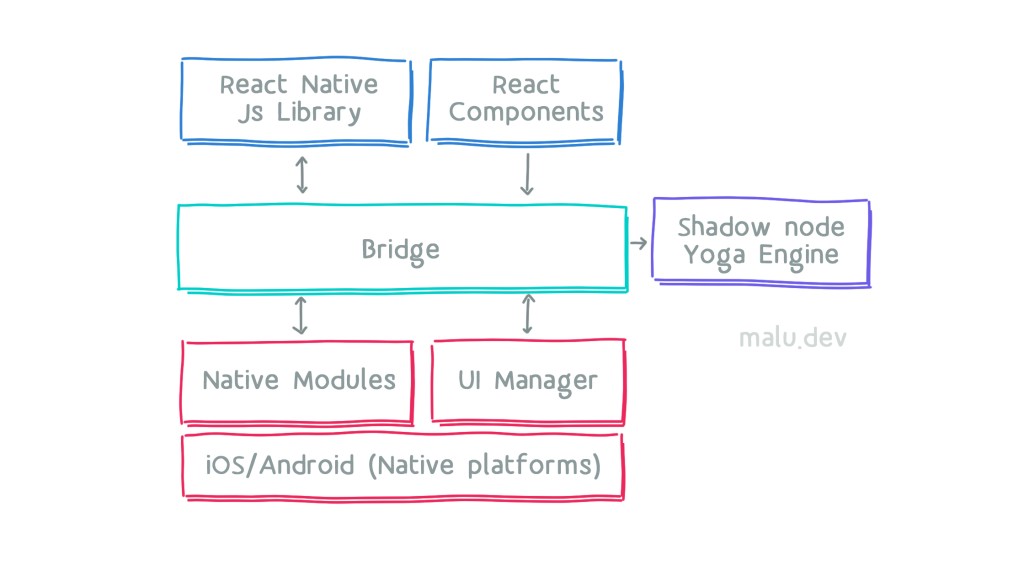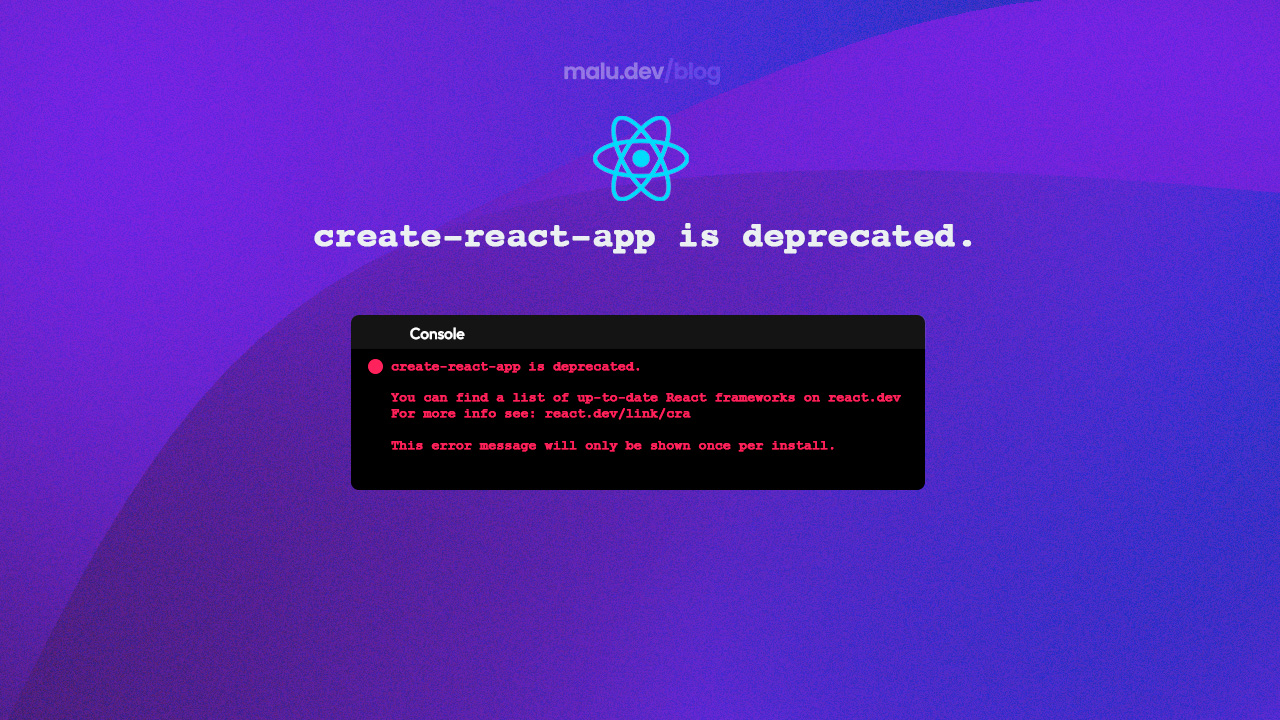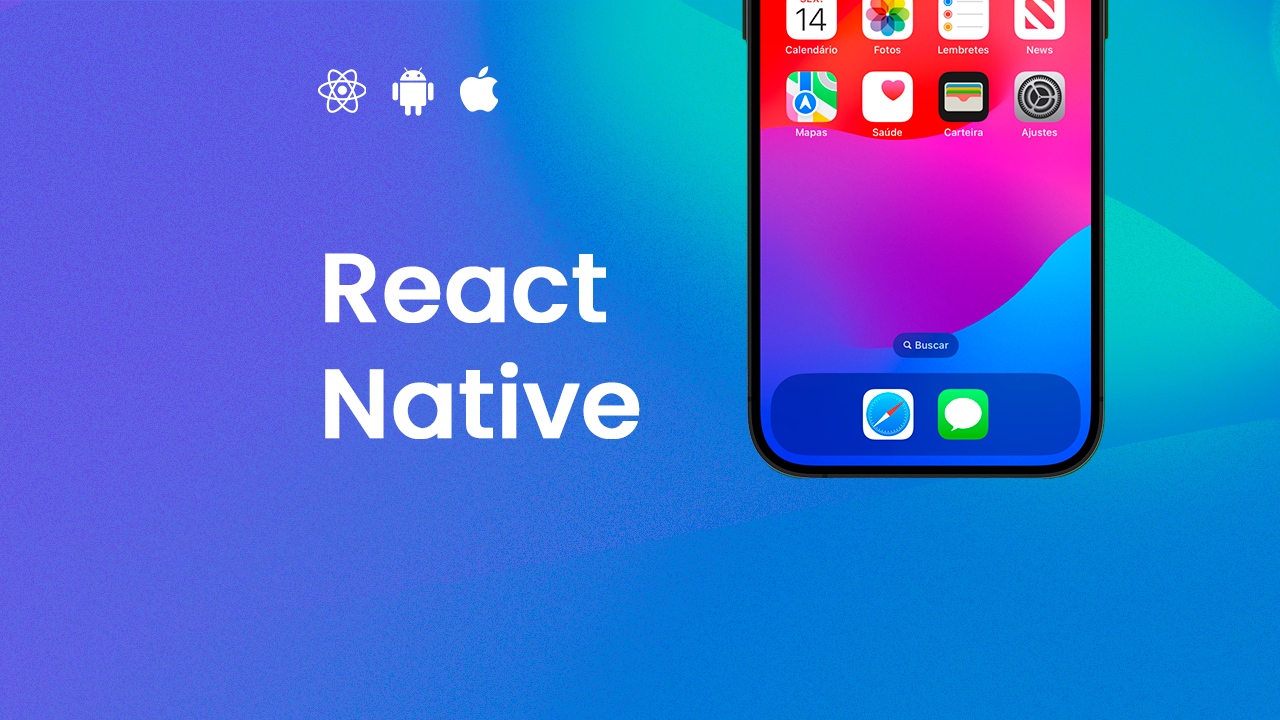Understanding React Native Architecture: Key Layers
React Native is a framework that allows developers to write mobile applications using JavaScript and React, which are then rendered using native components. Underneath, React Native involves several layers working together to enable this behavior.
Here’s an overview of the architecture of React Native and how it integrates with native platforms (iOS and Android).

1. JavaScript Layer (React Libraries)
At the core, React Native uses JavaScript to manage the app’s logic, UI structure, and state through React libraries.
The JavaScript thread is where React components are rendered, business logic is executed, and UI updates are triggered. This layer is powered by JavaScriptCore (iOS) or V8 (Android).
2. Bridge Layer
The Bridge acts as the communication channel between the JavaScript layer and the native platform. It facilitates asynchronous data exchange between JavaScript and native code (iOS/Android).
Shadow Tree
The Shadow Tree is a lightweight representation of the UI in JavaScript. It defines the layout and structure of components before they are rendered natively. The JavaScript thread updates the Shadow Tree, which is then passed to the native side for rendering.
Yoga Engine
The Yoga Engine, built on Flexbox, calculates layout styles in the native environment (outside of JavaScript). It ensures that components are placed and sized correctly based on the Shadow Tree before the UI is rendered.
3. Native Layer
The Native Layer handles platform-specific code and features. React Native provides a set of built-in native modules for common tasks (e.g., camera, location, push notifications).
Developers can also create custom native modules using Java (Android) or Swift/Objective-C (iOS) to access native APIs not directly available through React Native.
Putting It All Together
React Native uses a multi-layered architecture:
- The JavaScript layer handles app logic and structure.
- The Bridge layer facilitates communication with native code, passing data through the Shadow Tree and Yoga Engine for efficient rendering.
- The Native layer provides platform-specific functionality via native modules.
This structure allows React Native to offer near-native performance while maintaining a unified codebase for iOS and Android.
By understanding these layers, developers can leverage React Native’s architecture for faster and more efficient mobile app development.



